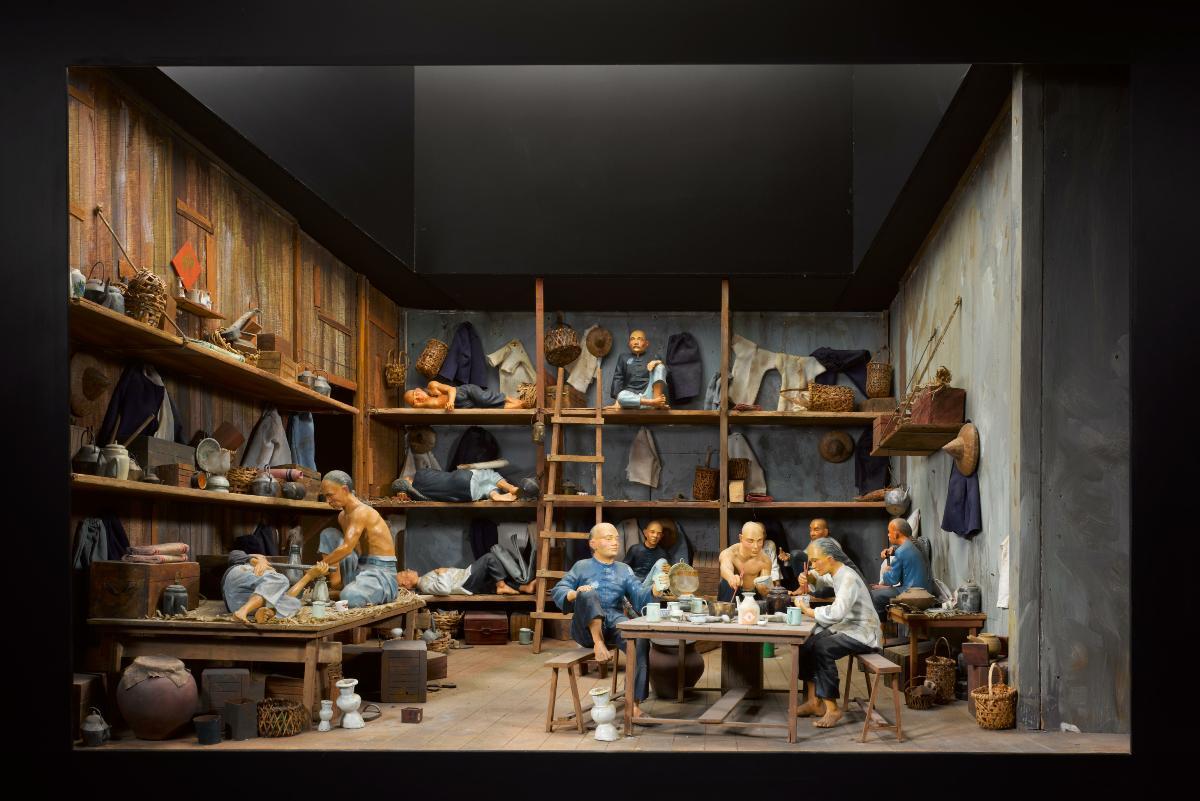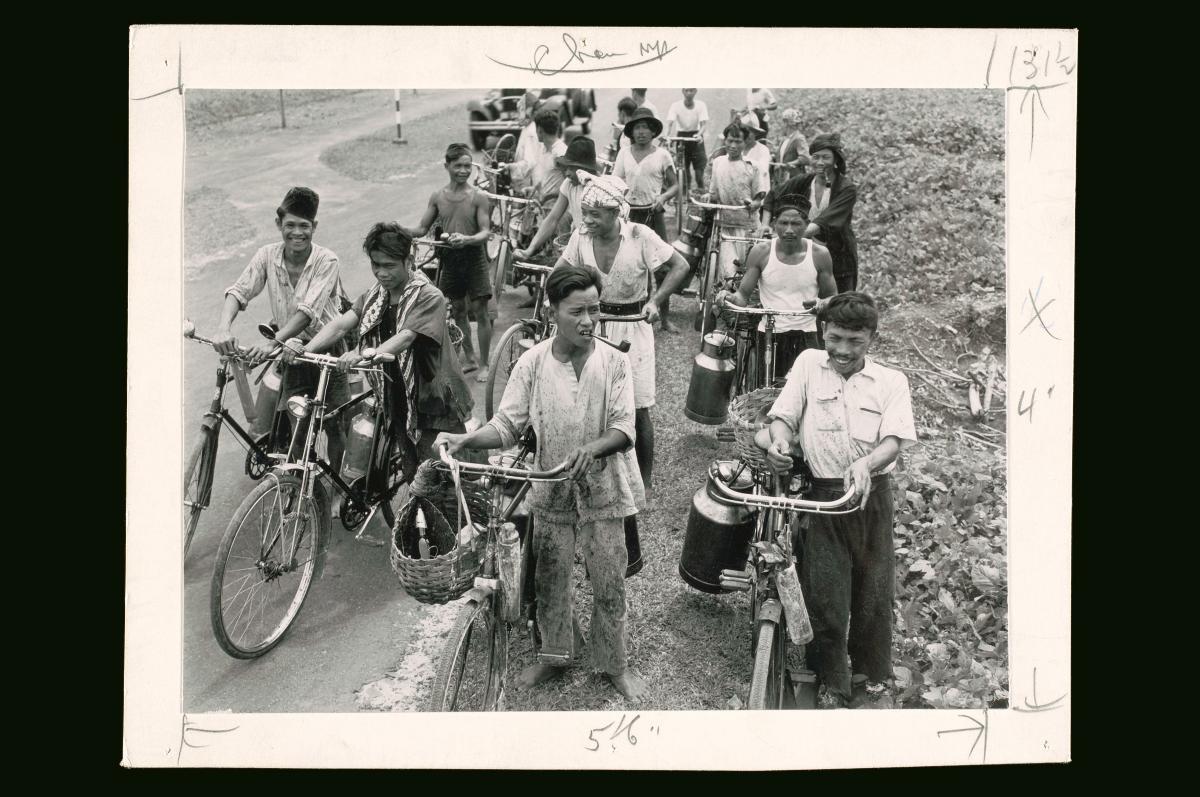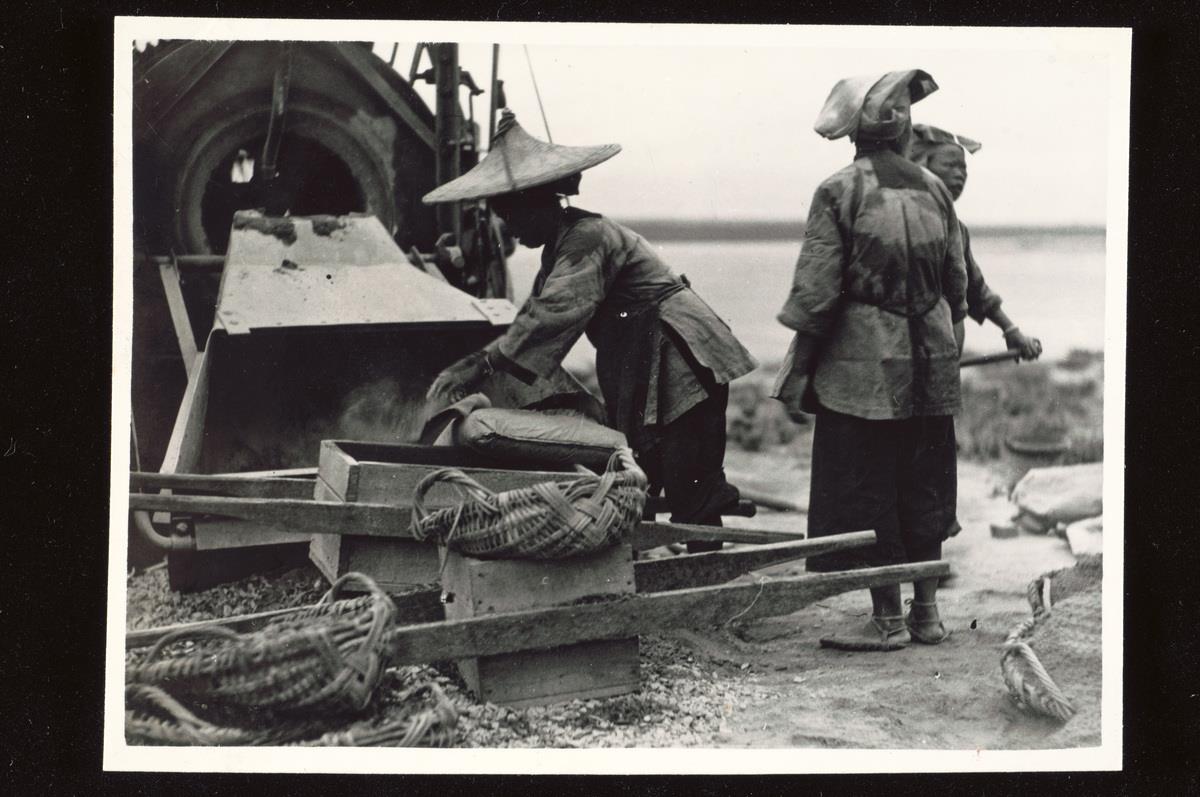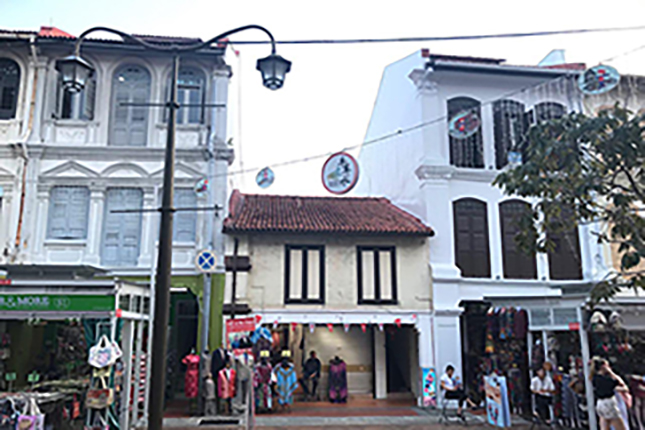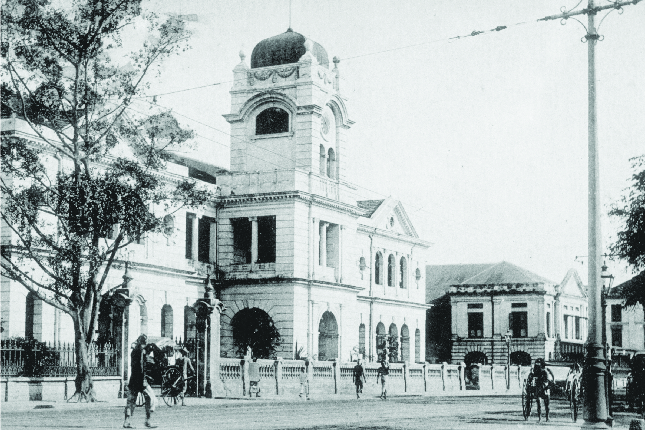The great influx of immigrants through the years, reaching its peak in the 1900s, led to overcrowding and poor living conditions. Although the government built quarters for municipal labourers during the 1920s, and later started building public housing through the Singapore Improvement Trust, the supply of housing continued to be outstripped by the demands of the growing population. Consequently, the subdivision of a room into many sleeping spaces emerged in dense population centres like Chinatown. This diorama depicts a 'coolie keng', which was the colloquial name given to quarters that housed Chinese coolies (labourers). Tens of coolies would be crammed into the multi-tiered wooden bunks. On top of such difficult living conditions, the coolies also had to pay a small sum of money to use these quarters.




